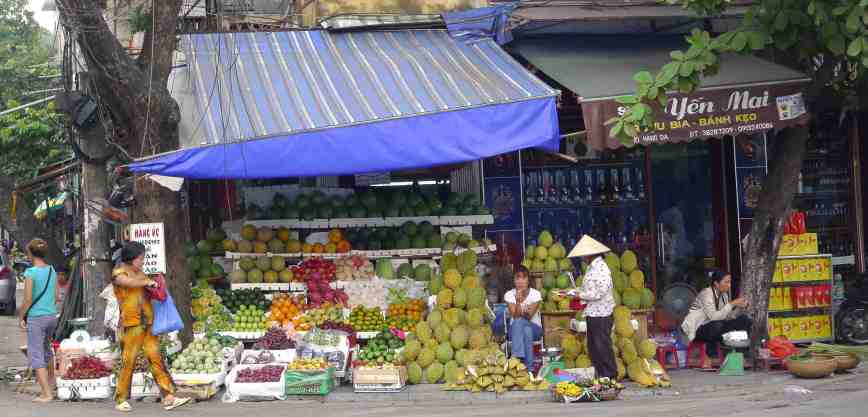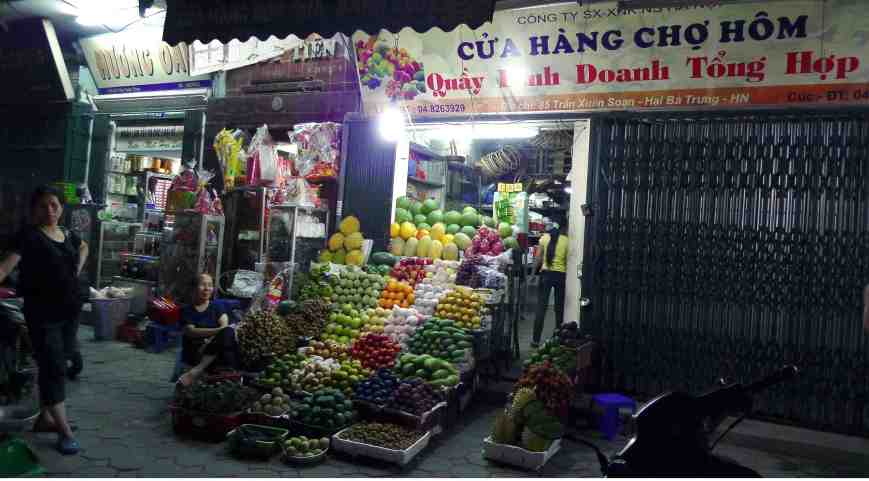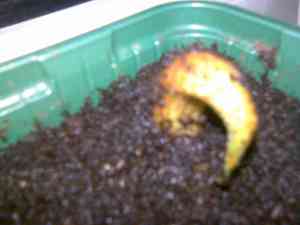It was Merdeka weekend just a few days ago, SW suggested that we go to Hanoi. I’ve never been to Vietnam before and as my sister had just been there a few months ago, she had already given me a quick run down of what to expect. Firstly, the streets are impossible to cross without a jaywalking attitude. Secondly, the street food is amazing and plentiful. Thirdly, taxi drivers will always try to rip you off so really know what you’re getting into before you hop into a cab. Fourthly, Ha Long Bay is worth a visit.
On all of those counts, we fared pretty well (partly also because SW had lived there many years ago). Firstly, SW is an expert jaywalker and pulled and pushed me along the busy side streets weaving through people, cars, motorbikes and bicycles, creating a path even where the pavement had been utilized by the various vendors or motorbike parking. Secondly, we ate pretty well along the sidestreets and had some excellent Pho (noodle soup), just don’t look at how they wash the dishes and avoid checking out the floors. Thirdly, we walked the entire day we got there and got a reasonable sense of the size of each district. Hanoi is very spread out and over the course of 8 hours we had criss crossed a mere 2 districts, and still had enough energy to walk back to our hotel without catching any taxis or motor type tuk tuks. Fourthly, we took an overnight trip to Ha Long Bay and went cruising on the beautiful “Emeraude”, which was a splendid choice if you would ever like to go.
According to SW, Hanoi hadn’t really changed much, it just got bigger, more developed, more motorbikes and cars and less Vietnamese pretty ladies wearing their traditional Ao Dai’s (pronounced Ao-Zai). A pity really, probably most of the pretty ladies head for the more commercial HCM city (Saigon) and now the latest fashion seems to be “J’adore Dior” T-shirts and tight fitting Levi jeans from a nearby garment factory.
On the last day when I was too tired to walk anymore, I persuaded SW to rent a motorbike and take me cruising around the city. It was just as well that we did because there are so many things that would otherwise have been impossible to cover either by foot or in a car, and the motorbike really is the way to get the best pulse of the city in the late afternoon and evening.
How did I spy the durian? Ok, I’ll stop the woffle and get down to the stinky spikey story that is the reason why we bother with this site :).
We had hopped onto our rented motorbike at 2 pm and I was appointed as the co-pilot/Chief navigational officer for our impending journey. First on our mind was a late lunch (we had just returned from Ha Long bay), and I had a secret agenda. On the way out to Ha Long bay by car, I had spied a stall in Bat Dan market selling Durians early in the morning (8am) and it was my intention to look for it again. So, I directed my pilot via a meandering route through the side streets near our hotel and onto the Bat Dan market street. On the way there, I did see another stall on the corner of Hang Da and Ngo Tram that had durians stacked all over one side of the stall and I made a mental note to self in the event that the market was no longer open.
Well, the market was open but the stall was no longer where I thought I had seen it. SW and I were ravenous at this point and decided to try a joint that seemed to still be serving some food. We had our fill and since we could not find that durian stall, we went sightseeing the entire day before ending up in the Hai Ba Trung district for dinner. After more Pho (beef noodle soup this time), we sought out a fruit stall which sold durians and thought that we ought to give at least one of them a go just to know whether they were any good.

Durian and Fruit Stall in Hang Da
This was a fruit stall selling durian which I spotted on our way from our hotel on the way to Bat Dan market. I asked SW to swing by the corner again so that I could take a quick photo of it so that I would remember where it is located. Do you like the patters of fruit display where the largest are kept at the top and back of the stall while the smaller, more colorful fruit are kept out front? With exception of the durian of course, which takes center stage at the front of the stall.
We didn’t actually have any durian at the Hang Da stall, simply because we had just had our lunch and had a whole day of sightseeing ahead of us and didn’t want to have a protein overload. Now that I had spotted durians at fruit stalls, I was confident that we would also find other such stockists around the city. SW had doubts as to whether durians were popular in Hanoi, simply because the price would be too expensive for locals to afford. In the evening, after we had motorcycled all around Hanoi (it was great fun and I highly recommend it if you know how to ride a motorbike in heavy traffic), we had dinner at Pho Thin in the Hai Ba Trung District (recommended in our Lonely Planet guide) and then found 2 fruit stalls next to each other which were selling durians.

Durian Stall in Hai ba Trung District
The old lady manning the stall on the left immediately approached us, waving us over and calling for her assistant (maybe her daughter) to fetch stools. She could see that we were after durians and of course was most keen to earn our Dong. A cursory examination of the wares on display (and the durian stems as an indication of freshness) drew me to the other stall (on the right) but as there was no one to serve us, SW suggested that we take the one which was keen to have our business.
We sat down and the little old lady (sitting in the photo) started negotiating and opening the durian for us to have a look at the yellow flesh within. The smells were not particularly strong but it was hard to get a sense of perspective without effective comparison. Furthermore, our lack in Vietnamese communication skills didn’t allow us to negotiate very well.

Eating Durian in Hanoi, Vietnam
After a very brief discussion on the price per kilo, we agreed to give a durian a try. The daughter/assistant opened the durian by first cutting off the stem (they never do this in KL) and then using a pair of big scissors, proceed to “slice” it open. She tipped all the fruits out into a styrofoam box and handed us a plastic glove. SW didn’t think much of the glove and handed it to me, preferring to eat it with bare hands. I used the glove as I’m such a stickler for hand washing hygiene and I didn’t see any sinks nearby.
Anyway, if you’re any durian expert, you’ll be able to tell that this wasn’t the best durian that we’ve had, the flesh was sort of wet and neither fibrous nor smooth. The flesh comes off easily from the seed and really lacked any character whatsoever. I wasn’t too impressed with the fruit but to be fair, the season is probably ending (like in Malaysia) and because we had paid for it, we ate it anyway.

Durians into the Styrofoam Box in Hanoi

All the consumed durian seeds (Hanoi)
I’ve heard that Vietnamese durian can’t really compare to Malaysian durian (told to me by a Malaysian) so I have yet to confirm this. If anyone has any feedback, I’d be happy to know about durians in Vietnam, and whether its just a specific few species like what is available in Thailand.
Btw, durian is known as “sau rieng” in Vietnamese.
 Thorny abundance: A sukang or ‘durian hutan’ tree heavy with fruits during its fruiting season.
Thorny abundance: A sukang or ‘durian hutan’ tree heavy with fruits during its fruiting season. Rare colour: Once opened, the red flesh of the sukang is revealed.
Rare colour: Once opened, the red flesh of the sukang is revealed. I’m really happy and grateful that several other readers out there share their durian growing experiences with me and hope that by meticulously recording the details, it will serve to inspire many more to start their own little durianarium (new term! you saw it here first!).
I’m really happy and grateful that several other readers out there share their durian growing experiences with me and hope that by meticulously recording the details, it will serve to inspire many more to start their own little durianarium (new term! you saw it here first!).


















